NAPA VALLEY, Calif. — Beyond its vineyards and wineries, Napa Valley offers some of the clearest and most stunning views of the night sky. As a night sky photographer, I find these celestial displays to be more than just visually striking — they are profound reminders of our shared origins in stardust and the vast expanse of time that connects us to the universe.
This guide to 2025’s celestial events highlights moments that encourage us to step outside, look up and marvel. Whether you’re a seasoned stargazer or simply curious, these events offer opportunities to connect with something far greater than ourselves. Events marked with an asterisk (*) are those I’m most eager to photograph and contemplate under the open night sky.
Throughout 2025, Napa Valley's night sky will feature a remarkable lineup of celestial events. New moons will provide the darkest skies for observing deep-sky objects, while planetary oppositions will create ideal conditions for telescope or telephoto lens viewing. Conjunctions and meteor showers will present captivating subjects for astronomical photography, and the lunar phases will continually remind us of the dynamic and ever-changing nature of our celestial surroundings.
To make the most of these events, consult astronomical charts or apps such as Photo Pills or The Photographer’s Ephemeris for precise timings and positions. My favorite app, Sky Guide, is helpful for preparing your viewing equipment — whether it’s a telescope or a telephoto lens like my trusted Sony 14mm f/1.8. Scouting observation locations during the day ensures captivating foregrounds, while revisiting those spots at night helps avoid unwanted light pollution. Thoughtful planning can transform a simple stargazing session into a deeply immersive experience.
Napa Valley’s combination of natural beauty and relatively dark skies makes it an exceptional setting for observing, photographing and connecting with the cosmos. As the year unfolds, I hope you’ll take the time to look up and experience the awe these celestial events inspire.
January 2025
Quadrantid Meteor Shower*
Peak Jan. 2–3, best viewed after midnight. One of the most prolific meteor showers, producing up to 200 meteors per hour at its peak. The radiant is in the constellation Bootes, high in the northern sky. This year’s viewing conditions are ideal due to dim crescent moonlight.
Earth at Perihelion
Jan. 4, around 5:28 a.m. Earth reaches its closest point to the Sun (91.4 million miles). While not visually dramatic, this marks an important orbital milestone.
Venus at Greatest Eastern Elongation
Jan. 10, evening after sunset. Venus will shine brilliantly as the "Evening Star," reaching its farthest distance from the Sun in the evening sky. A perfect opportunity for wide-angle shots of Venus glowing over landscapes.
Wolf Moon (Full Moon)
Jan. 13, moonrise around 5 p.m. The first full moon of the year, traditionally called the Wolf Moon, will illuminate the night sky. Ideal for capturing moonlit landscapes or detailed lunar photography.
Mars at Opposition
Jan. 16, all night. Mars will be at opposition, meaning it is directly opposite the Sun as viewed from Earth. This alignment places Mars at its closest approach to Earth, making it appear at its brightest and largest in the night sky for the entire year. This is the best time to observe and photograph the red planet.
Mercury Visibility*
Throughout January (best mid-month), just before sunrise. Mercury will be visible low on the eastern horizon in pre-dawn hours. Use binoculars or a telephoto lens for a clear view of this elusive planet.
New Moon
Jan. 29, all night. With no moonlight to interfere, this is an excellent night for astrophotography and stargazing. Capture deep-sky objects such as nebulae and galaxies under dark skies.
February 2025
Venus and Jupiter Conjunction
Feb. 7, just after sunset. Venus and Jupiter will appear very close together in the evening sky, forming a striking conjunction. Venus will shine brilliantly, while Jupiter will have a golden hue. This is an excellent opportunity for wide-field astrophotography.
Full Snow Moon
Feb. 12, moonrise around 5:30 p.m. The February full moon, known as the Snow Moon, fully illuminates the night sky. Named by Native American tribes for heavy snowfall during this time of year, this is the perfect time for capturing moonlit landscapes or detailed lunar shots.
Mercury at Greatest Western Elongation
Feb. 15, before sunrise. Mercury reaches its greatest western elongation, making it visible in the pre-dawn sky. Look low on the eastern horizon for this elusive planet. A telephoto lens or binoculars will enhance your view.
Orion Nebula Prime Viewing
Throughout February, evening hours. The Orion Nebula (M42) is at its best visibility this month, located in Orion’s "sword." Use a telescope or zoom lens to capture this stunning star-forming region.
Winter Milky Way Viewing*
Throughout February, after sunset. The winter Milky Way arches across the sky in early evening hours, providing excellent opportunities for wide-angle astrophotography. Look toward Monoceros and Canis Major constellations for rich star fields.
Pleiades Star Cluster (M45)
Throughout February, evening hours. The Pleiades, also known as the Seven Sisters, is a bright, open star cluster visible high in the evening sky. It’s a favorite target for both binoculars and wide-field photography.
New Moon
Feb. 28, all night. The absence of moonlight creates ideal conditions for observing faint deep-sky objects such as galaxies and star clusters under dark skies. Head to a dark-sky location for long-exposure astrophotography.
March 2025
Moon Near Uranus
March 5, evening hours. The waxing crescent Moon will pass close to Uranus in Aries. Use binoculars or a telescope to spot Uranus as a faint blue-green dot near the Moon.
Mercury at Greatest Elongation East
March 8, after sunset. Mercury reaches its greatest elongation east of the Sun, making it easier to spot low on the western horizon shortly after sunset.
Worm Moon (Full Moon and Total Lunar Eclipse)*
March 14, moonrise around 6:30 p.m. The March full moon, called the Worm Moon, coincides with a total lunar eclipse. During this event, Earth's shadow will completely cover the Moon, creating a striking reddish hue known as a "Blood Moon." The name "Worm Moon" originates from the appearance of earthworms as the ground thaws in spring. This dual event is perfect for capturing stunning lunar shots.
March Equinox
March 20, around 2:02 a.m. Marks the beginning of spring in the Northern Hemisphere, when day and night are nearly equal in length. While not visually dramatic, it’s an excellent time to photograph sunrise or sunset.
April 2025
Comet 12P/Pons-Brooks*
Closest Approach to Earth: April 2025. Comet 12P/Pons-Brooks, a periodic comet with an orbital period of approximately 71 years, will make its closest approach to Earth this month. It is expected to reach naked-eye visibility under dark skies, displaying a bright coma and possibly a tail. Best viewing time: after sunset in the northern sky. Where to look: Near the constellations Draco and Ursa Major (Big Dipper). Use binoculars or a telescope to enhance your view. This is a rare opportunity to observe this historic comet, which was first discovered in 1812.
Moon Near Uranus
April 1, evening hours. The thin crescent Moon will pass close to Uranus in Aries once again this month. Binoculars or a telescope will help spot Uranus as a faint blue-green dot near the Moon.
Moon Near Mars
April 5, evening hours. The thin crescent Moon will pass close to Mars in the sky. This conjunction offers a striking view of the reddish planet alongside an illuminated crescent.
Full Micromoon
April 13, moonrise around 7 p.m. The full Moon occurs at apogee (its farthest point from Earth), making it appear slightly smaller than usual — often referred to as a Micromoon.
Mercury at Greatest Western Elongation
April 21, before sunrise. Mercury becomes visible low on the eastern horizon just before dawn during its greatest elongation west of the Sun.
Lyrid Meteor Shower Peak*
April 22–23, after midnight. Produces about 20 meteors per hour at its peak with minimal interference from moonlight this year — an excellent opportunity to capture meteors radiating from Lyra.
Moon Near Venus and Saturn
April 25, evening hours. A celestial triangle featuring Venus, Saturn and a crescent Moon creates a stunning grouping, perfect for wide-angle photography.
New Moon
April 27, all night. With no moonlight interference, this is an ideal time for observing deep-sky objects such as galaxies and nebulae under dark skies.
May 2025
Earthshine on Crescent Moon*
May 1–2 and May 29–30, evening hours. Earthshine occurs when sunlight reflects off Earth’s surface and softly illuminates the dark side of a crescent Moon. This creates a faint glow that is perfect for artistic lunar photography.
Eta Aquarid Meteor Shower Peak*
May 6–7, after midnight. Eta Aquarid is an above-average meteor shower, producing up to 30 meteors per hour in the Northern Hemisphere. These meteors radiate from the constellation Aquarius and are known for their long-lasting trails, making them excellent targets for astrophotography.
Moon Near Jupiter
May 9, evening hours. The crescent Moon will pass close to Jupiter in the evening sky. Use binoculars or a telescope to capture this bright pairing.
Full Flower Moon
May 12, moonrise around 8 p.m. Known as the Flower Moon for the abundance of blooming flowers during this time of year, it’s also called the Corn Planting Moon or Milk Moon in various cultures. Perfect for capturing moonlit landscapes or detailed lunar shots.
Saturn and Moon Conjunction
May 15, early morning hours. The waning crescent Moon will pass close to Saturn in the early morning sky. A telescope will reveal Saturn’s rings alongside the illuminated crescent Moon.
New Moon
May 27, all night. With no moonlight to interfere, this is an excellent opportunity to observe and photograph deep-sky objects such as galaxies, nebulae and star clusters under dark skies.
Venus at Greatest Western Elongation
May 31, before sunrise. Venus reaches its greatest western elongation from the Sun, making it highly visible in the eastern sky before dawn. This is one of the best times to observe Venus as a bright "Morning Star."
June 2025
Venus Near Pollux
June 10, evening hours. Venus will pass close to Pollux, one of the bright stars in Gemini. This pairing makes for a striking view in the evening sky and is perfect for wide-field astrophotography.
Full Strawberry Moon
June 11, moonrise around 9 p.m. Named for the ripening of strawberries during this time of year, this full Moon is perfect for moonlit landscapes or detailed lunar photography.
Jupiter and Moon Conjunction
June 19, early morning hours. The waning gibbous Moon will pass close to Jupiter in the early morning sky. Use binoculars or a telescope to capture this bright pairing.
Summer Solstice
June 21, 7:42 a.m. Marks the longest day of the year in the Northern Hemisphere and the official start of summer. While not a nighttime event, it’s a great time to capture sunset or twilight shots.
New Moon
June 25, all night. With no moonlight to interfere, this is an ideal night for observing and photographing deep-sky objects such as galaxies, nebulae and star clusters due to the absence of moonlight.
July 2025
Milky Way Core Visibility*
Date: July through early September. The Milky Way’s core will be prominently visible in the night sky during these months, offering one of the best opportunities of the year to observe and photograph this celestial wonder. Best viewing time: After sunset until early morning, especially during the new moon or when the moon sets early. Where to look: Low on the southwest horizon from Napa Valley. The core is located in the direction of the constellation Sagittarius. Seek out dark-sky, high elevations locations away from city lights to fully appreciate the beauty and clarity of the Milky Way during this period.
Earth at Aphelion
July 3, around noon. Earth reaches its farthest point from the Sun (94.5 million miles). While not visually dramatic, this astronomical milestone highlights Earth’s elliptical orbit.
Mercury at Greatest Elongation West
July 4, just before sunrise. Mercury will appear at its farthest distance west of the Sun, making it visible in the early morning sky. Look low on the eastern horizon just before dawn for this elusive planet.
Full Buck Moon
July 10, moonrise around 8:30 p.m. The July full moon, known as the Buck Moon, signifies when male deer start growing their antlers. It’s a perfect opportunity for capturing moonlit landscapes or detailed lunar photography.
Moon Near Saturn
July 16, early morning hours. The waning gibbous moon will pass close to Saturn in Pisces. Use binoculars or a telescope to capture Saturn’s rings alongside the illuminated moon.
New Moon
July 24, all night. A moonless night provides optimal conditions for observing deep-sky objects such as nebulae and galaxies under dark skies.
Southern Delta Aquariid Meteor Shower Peak*
July 30–31, after midnight. Produces up to 25 meteors per hour with faint but long-lasting meteors radiating from Aquarius. The waxing gibbous moon sets late at night, leaving dark skies for meteor viewing.
August 2025
Full Sturgeon Moon
Aug. 9, moonrise around 8:15 p.m. Named after the sturgeon fish abundant in North American lakes during this time. Perfect for capturing moonlit landscapes or detailed lunar photography.
Perseid Meteor Shower Peak*
Aug. 11–12, after midnight. One of the most popular meteor showers, producing up to 100 meteors per hour at its peak. This year’s conditions are excellent, with minimal moonlight interference.
Venus and Jupiter Conjunction
Aug. 12, predawn hours. Venus and Jupiter will appear very close together in the eastern sky before sunrise. Venus will shine brightly, while Jupiter will have a golden hue. Through a telescope, Jupiter’s banded atmosphere and Galilean moons may be visible.
Moon Near Saturn
Aug. 12, evening hours. The waxing crescent moon will pass close to Saturn in the night sky. Use a telescope to capture Saturn’s rings alongside the illuminated crescent moon.
New Moon
Aug. 23, all night. A moonless night provides optimal conditions for observing faint deep-sky objects such as nebulae, galaxies and star clusters under dark skies.
Moon Near Mars
Aug. 26, evening hours. The waxing gibbous moon will pass close to Mars in the sky. This pairing is ideal for capturing both celestial bodies in one frame using a telephoto lens or telescope.
Milky Way Core Visibility
Throughout August, after sunset until early morning. The Milky Way’s core remains prominently visible throughout August, arching across the southern sky. This is one of the best months for wide-angle astrophotography of our galaxy’s center.
September 2025
Comet C/2023 A3 (Tsuchinshan-ATLAS)*
Closest Approach to Earth: September through October. Comet C/2023 A3 (Tsuchinshan-ATLAS) is predicted to become very bright, potentially reaching naked-eye visibility as it passes through the inner solar system. Its brightness and tail development will depend on its activity as it approaches the Sun. Best viewing time: Predawn hours in September and October. Where to look: In the eastern sky, near constellations such as Leo, Virgo and possibly Hydra, depending on its trajectory. This comet could be one of the most spectacular astronomical events of the year if its brightness predictions hold true.
Milky Way Core Visibility
Early September (fades later in the month), after sunset until early morning. The Milky Way’s core remains visible throughout early September but begins setting earlier as autumn approaches.
New Moon
Sept. 1, all night. A moonless night provides ideal conditions for observing faint deep-sky objects such as galaxies, nebulae and star clusters under dark skies.
Full Corn Moon (or Harvest Moon)
Sept. 7, moonrise around 7:30 p.m. Marks the time of year when crops are traditionally harvested. If it occurs closest to the autumn equinox, it is called the Harvest Moon. Great for capturing moonlit landscapes or detailed lunar photography.
Venus Near Regulus
Sept. 19, predawn hours. Venus will appear near Regulus, the brightest star in Leo, forming a striking alignment with a crescent Moon nearby. This celestial triangle is perfect for wide-field astrophotography.
Saturn at Opposition
Sept. 21, all night. Saturn will be at its closest approach to Earth and fully illuminated by the Sun. This is an excellent time to view Saturn’s rings through a telescope or capture detailed photos of the planet.
September Equinox
Sept. 22, around 11:17 a.m. Marks the beginning of fall in the Northern Hemisphere. Day and night are nearly equal in length. While not a visual event, it’s a significant astronomical milestone and a great time for sunset or twilight photography.
Neptune at Opposition
Sept. 23, all night. Neptune will be at its closest approach to Earth and fully illuminated by the Sun, making it brighter than any other time of year. Though it appears as a tiny blue dot even through telescopes, this is the best time to observe and photograph the distant planet.
October 2025
Draconid Meteor Shower Peak
Oct. 8–9, evening hours (best before midnight). A minor meteor shower producing about 10 meteors per hour at its peak. Unlike most showers, it is best viewed in the evening rather than after midnight. With minimal moonlight this year, conditions are favorable for catching these slow-moving meteors radiating from Draco.
Annular Solar Eclipse ("Ring of Fire")*
Oct. 14, partial eclipse begins at ~8:05 a.m.; maximum at ~9:19 a.m. Napa Valley will experience a partial solar eclipse (~84% obscuration). Use certified solar glasses or solar filters for safe viewing and photography.
Orionid Meteor Shower Peak
Oct. 21–22, after midnight. Produces about 20 meteors per hour at its peak. Known for their bright and fast meteors originating from Halley’s Comet debris. The Moon will be about 37% illuminated during this time but should not interfere significantly with meteor viewing.
New Moon
Oct. 22, all night. A moonless night provides excellent conditions for observing faint deep-sky objects such as galaxies and nebulae under dark skies.
Full Hunter’s Moon
Oct. 28, moonrise around 6:30 p.m. Traditionally marks hunting preparations for winter. Great for capturing detailed lunar shots or atmospheric moonlit landscapes.
November 2025
Southern Taurid Meteor Shower Peak
Nov. 4–5, after midnight. Produces about five–10 meteors per hour. Known for occasional bright fireballs. The waning gibbous Moon may interfere slightly, but brighter meteors should still be visible.
Full Beaver Moon (Supermoon)
Nov. 5, moonrise around 5:30 p.m. One of the largest Supermoons of 2025, appearing bigger and brighter than usual as it reaches its closest point to Earth. Perfect for detailed lunar photography or capturing moonlit landscapes.
Leonid Meteor Shower Peak*
Nov. 7–18, after midnight. Produces up to 15 meteors per hour at its peak. These meteors radiate from the constellation Leo and are known for their fast and bright streaks. With a crescent Moon setting early in the evening, conditions are excellent for meteor viewing.
Moon Near Jupiter
Nov. 10, evening hours. The waxing crescent Moon will appear close to Jupiter in the night sky. Use binoculars or a telescope to capture this bright pairing.
Northern Taurid Meteor Shower Peak
Nov. 11–12, after midnight. Produces about five–10 meteors per hour with occasional bright fireballs. The Moon will be less illuminated after midnight, improving visibility.
New Moon
Nov. 20, all night. A moonless night provides ideal conditions for observing faint deep-sky objects such as galaxies and nebulae under dark skies.
Uranus at Opposition
Nov. 21, all night. Uranus will be at its closest approach to Earth and fully illuminated by the Sun, making it brighter than any other time of the year. Though just barely visible to the naked eye under dark skies, binoculars or a telescope will reveal its faint blue-green disk.
December 2025
Full Cold Moon
Dec. 6, moonrise around 5:15 p.m. Known as the Cold Moon, it marks the arrival of winter and is ideal for capturing moonlit landscapes or detailed lunar shots.
Jupiter and Moon Conjunction
Dec. 7, evening hours. The gibbous Moon will appear close to Jupiter in the night sky. Use binoculars or a telescope to capture this bright pairing.
Geminid Meteor Shower Peak
Dec. 13–14, after midnight. One of the best meteor showers of the year, producing up to 120 meteors per hour at its peak. Known for their bright, multicolored streaks radiating from Gemini. With a waxing crescent moon setting early, conditions are excellent for meteor photography.
New Moon
Dec. 21, all night. A moonless night provides ideal conditions for observing faint deep-sky objects such as galaxies and nebulae under dark skies.
December Solstice
Dec. 21, around 7:03 p.m. Marks the shortest day and longest night of the year in the Northern Hemisphere and the official start of winter. While not a nighttime event itself, it’s a great time for long winter stargazing sessions or astrophotography during extended darkness hours.
Ursid Meteor Shower Peak
Dec. 22–23, after midnight. A minor meteor shower producing about five to 10 meteors per hour at its peak. Radiates from Ursa Minor and benefits from nearly moonless skies this year for excellent viewing conditions under dark locations.
Venus at Greatest Eastern Elongation
Dec. 25, evening hours after sunset. Venus reaches its greatest elongation east of the Sun and shines brightly as an "Evening Star." This is one of the best times to observe Venus glowing brilliantly in twilight skies.
Tim Carl is a Napa Valley-based photojournalist.


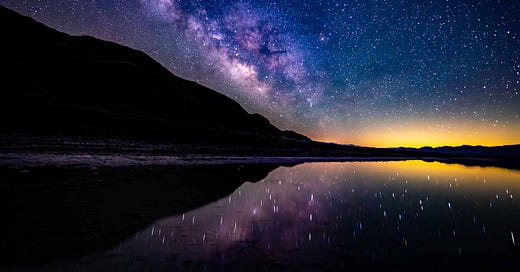



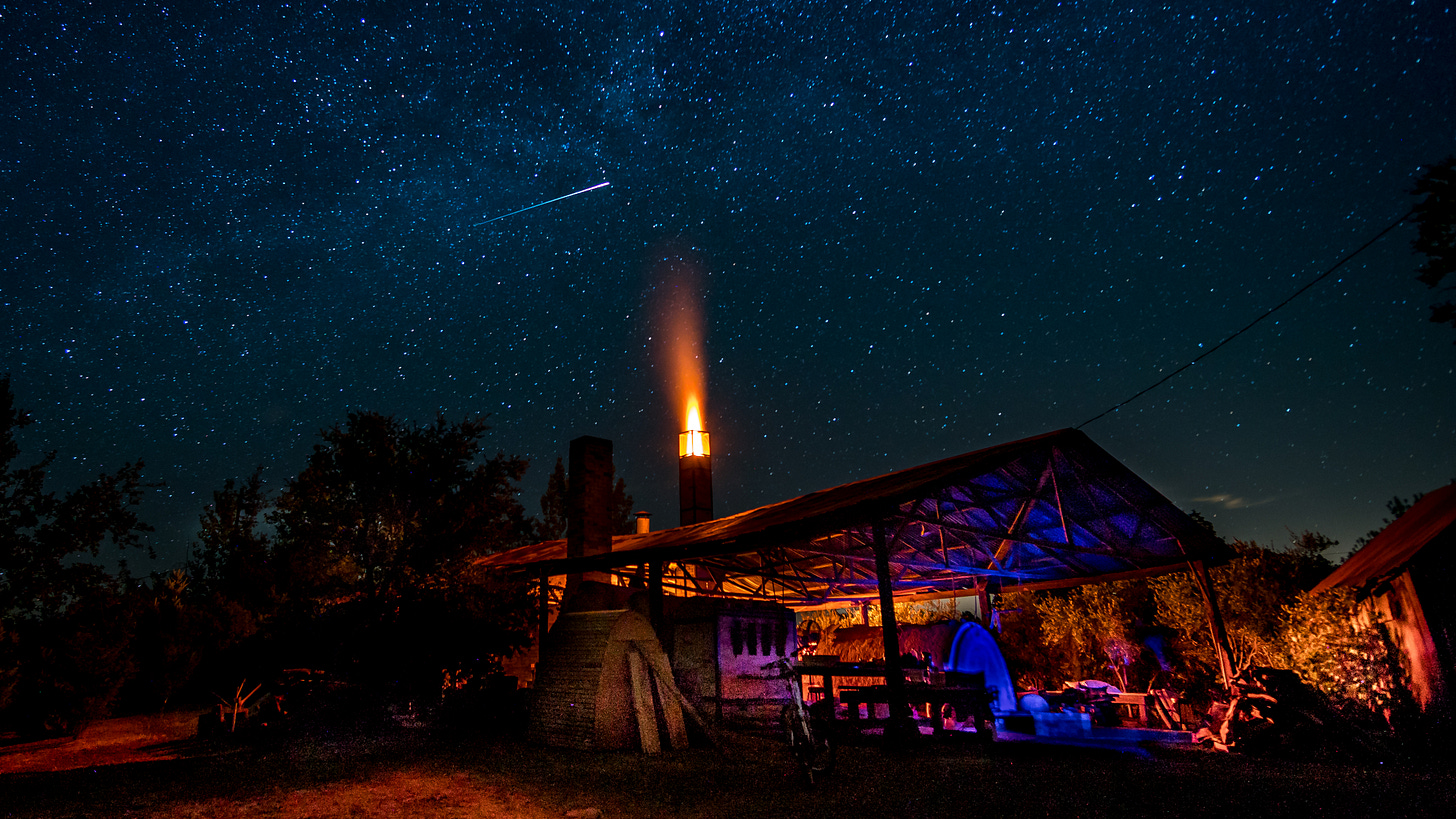
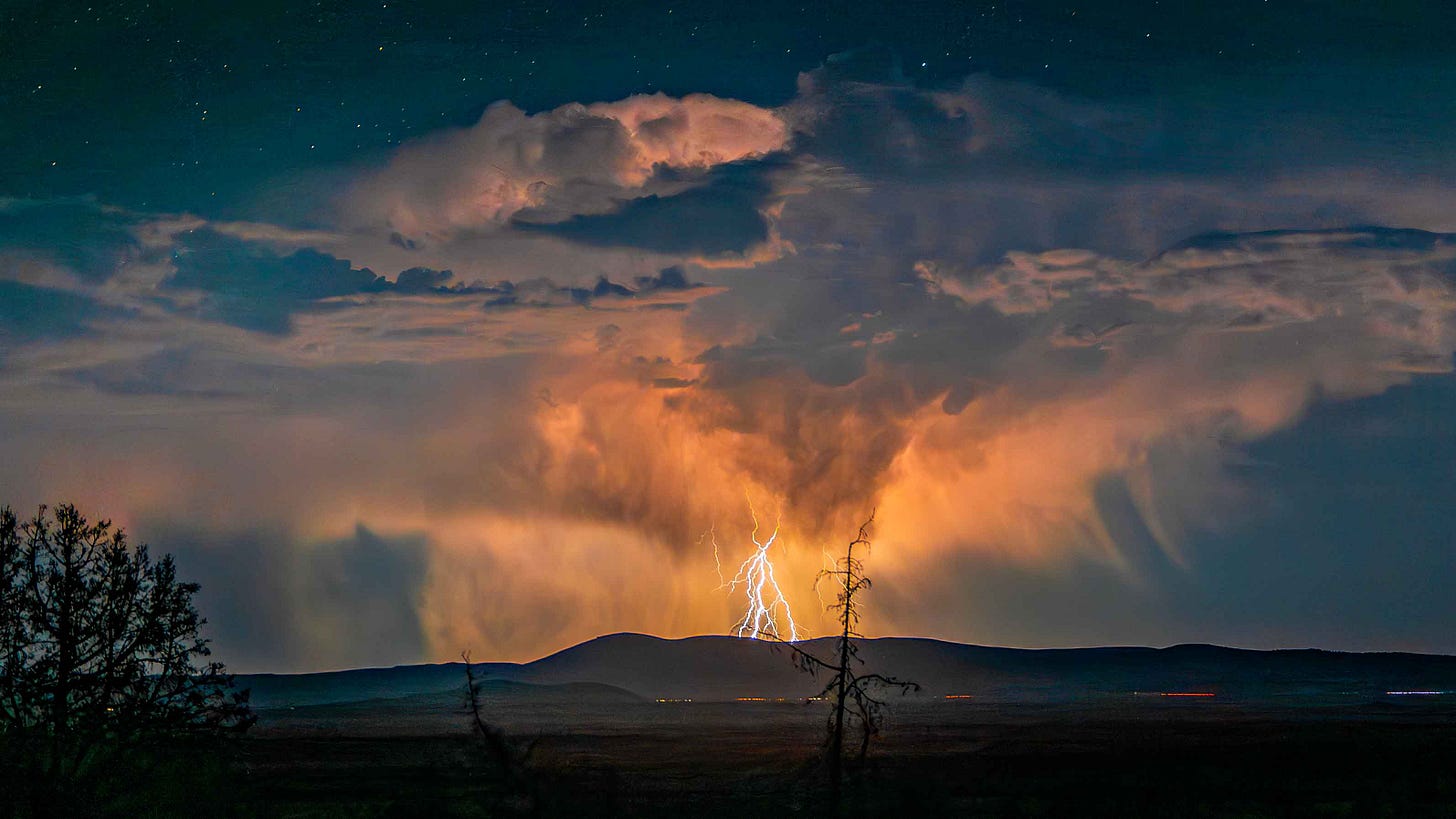
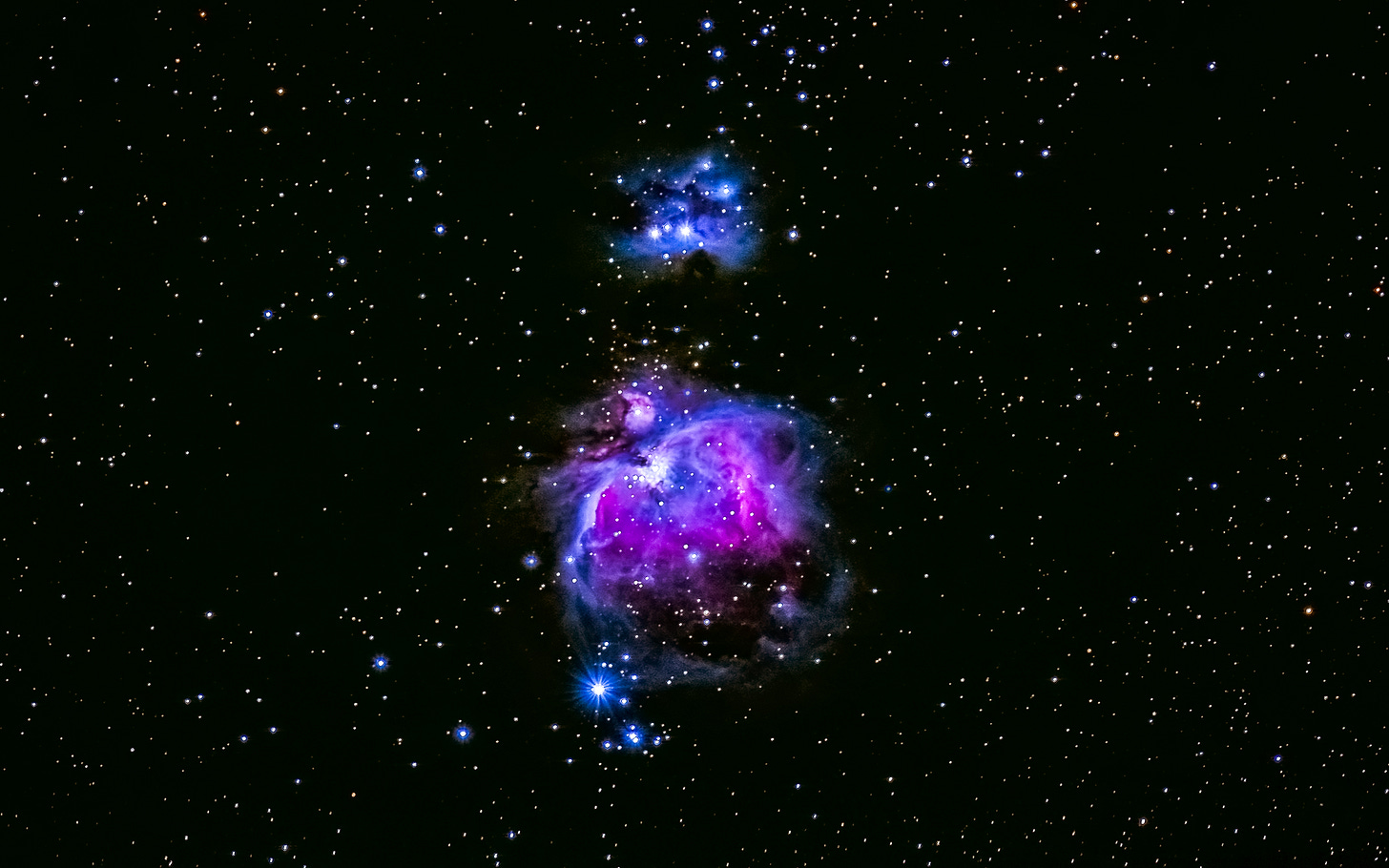
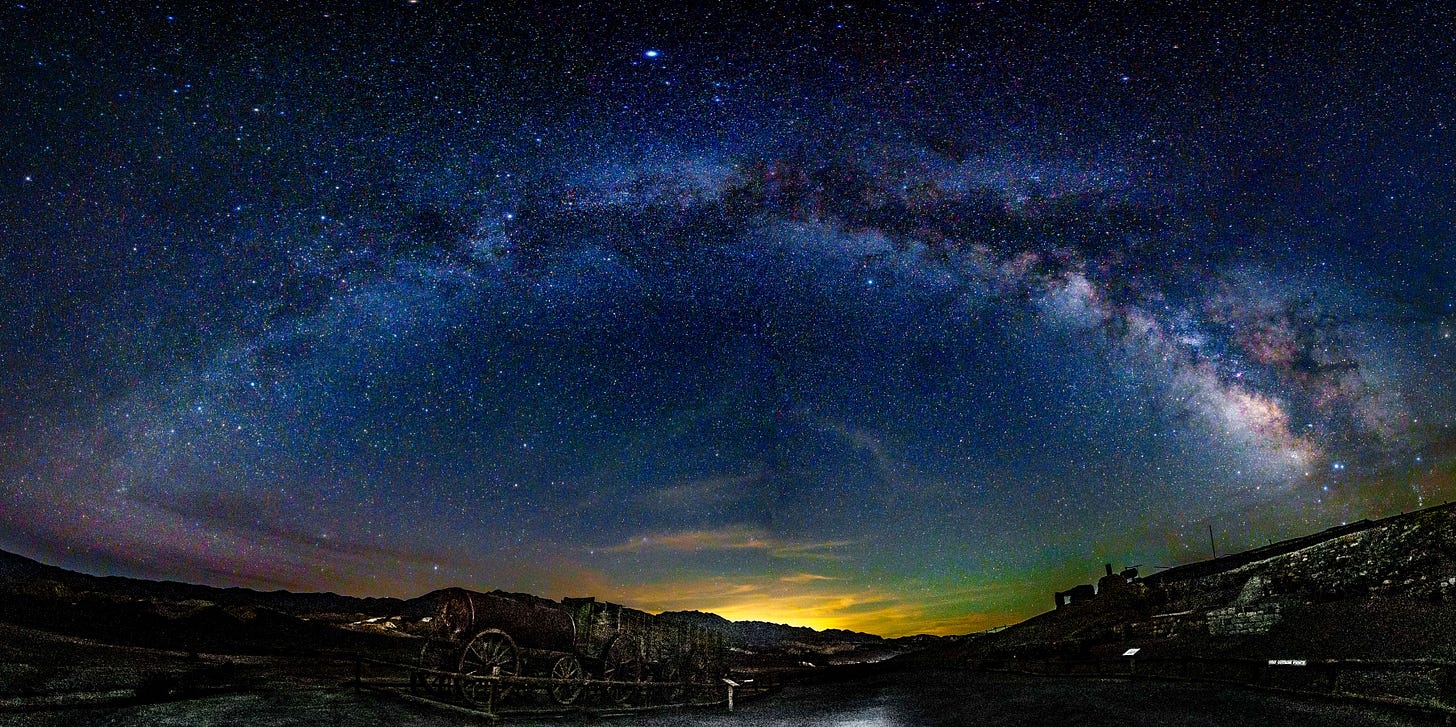
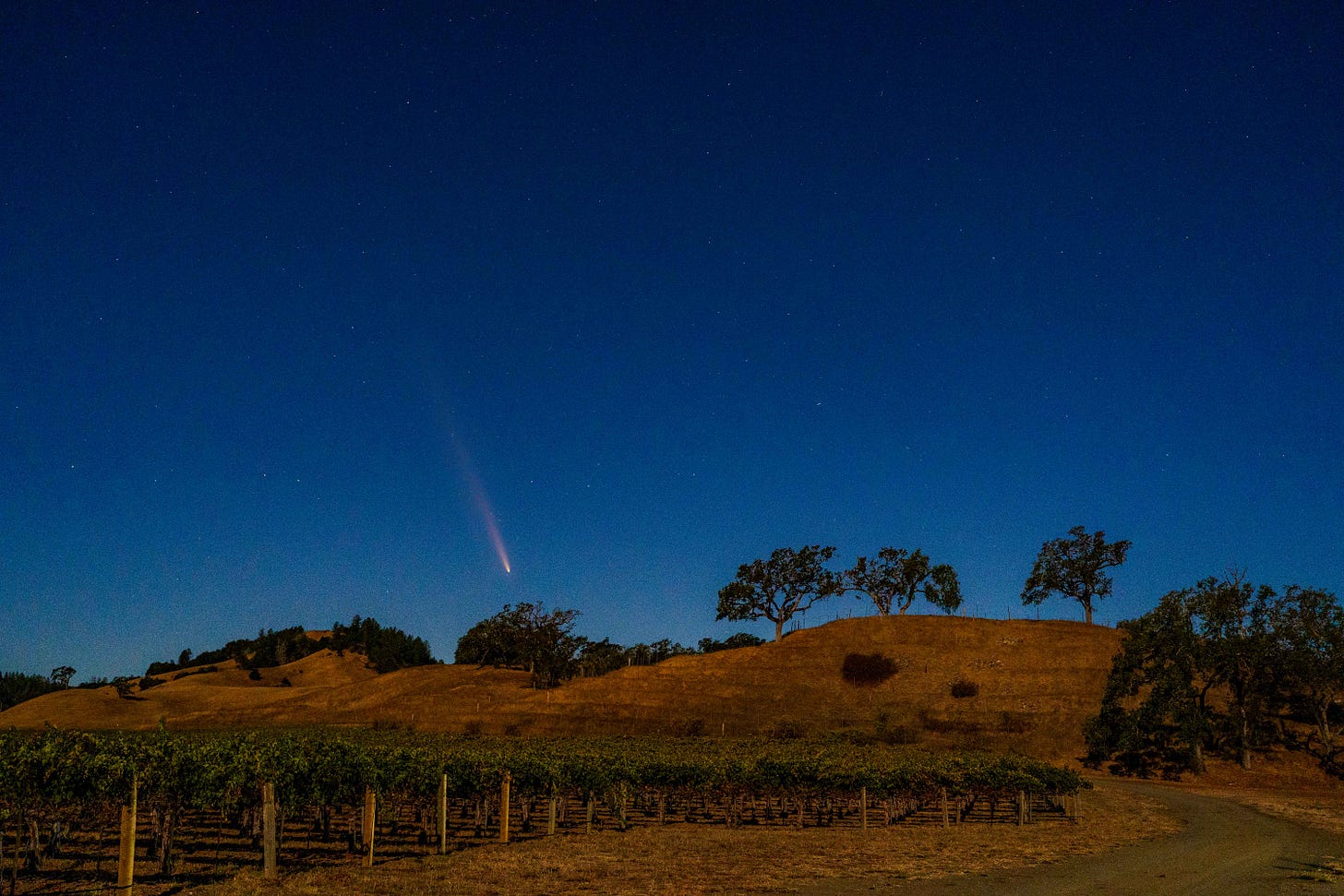
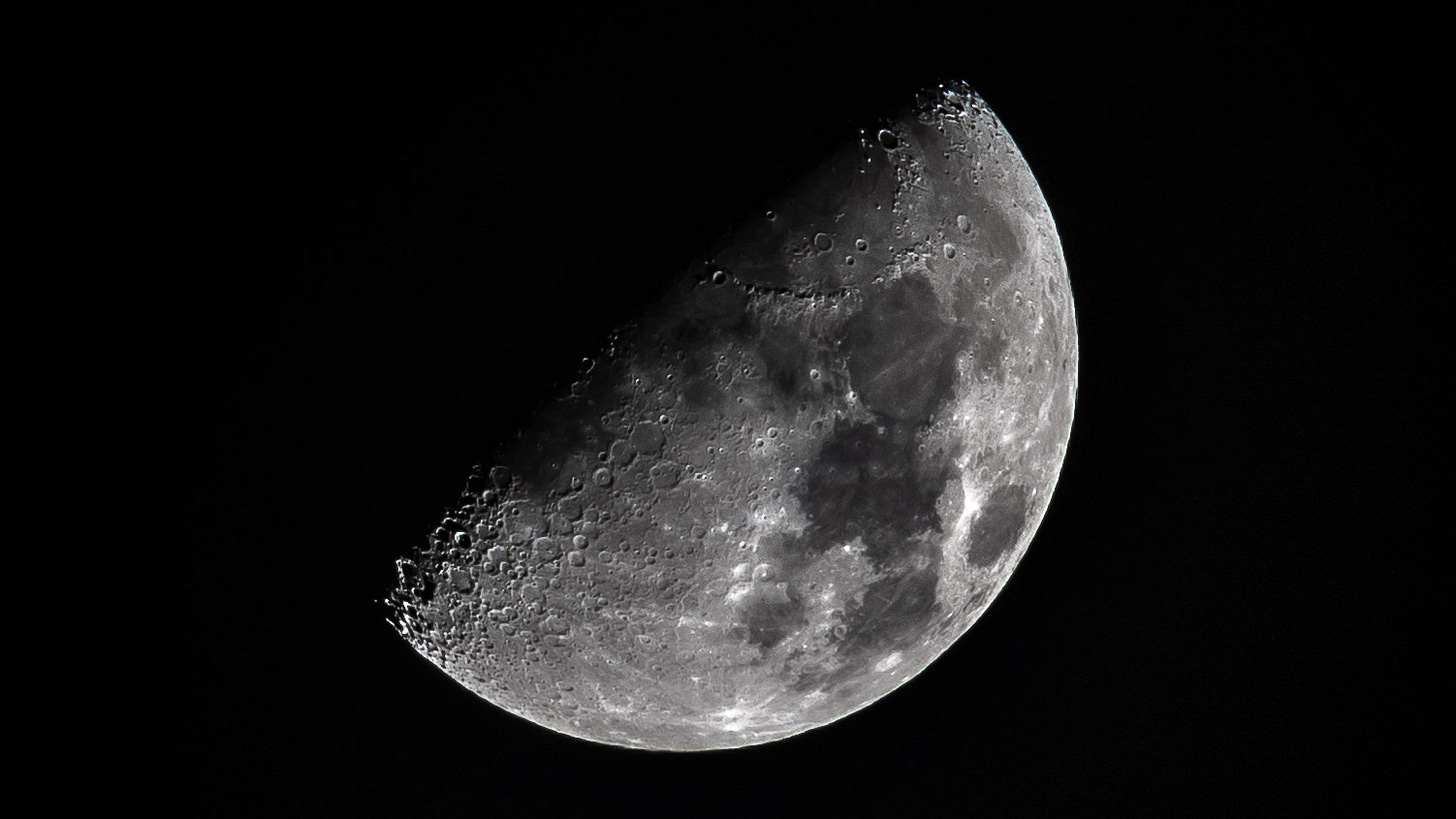
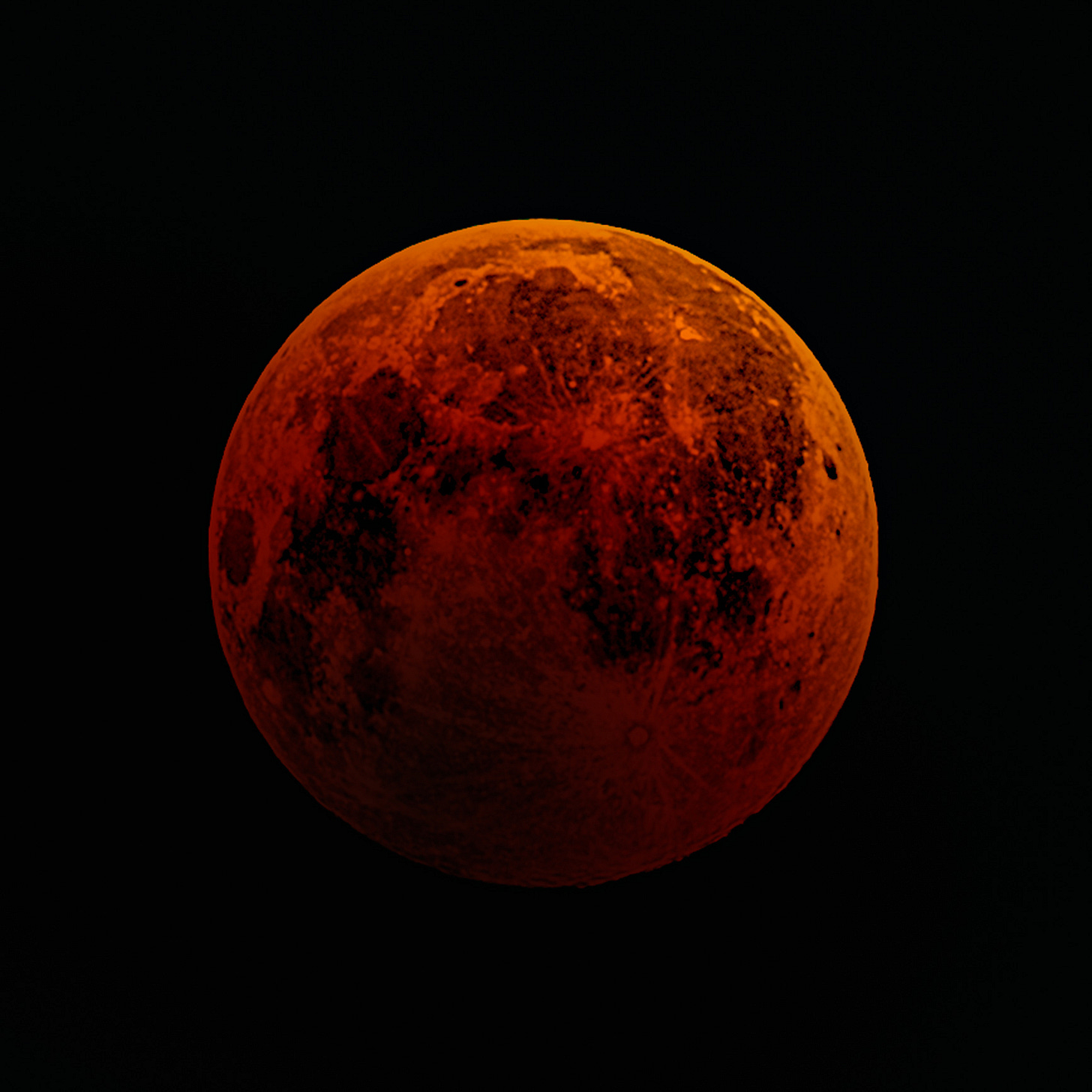
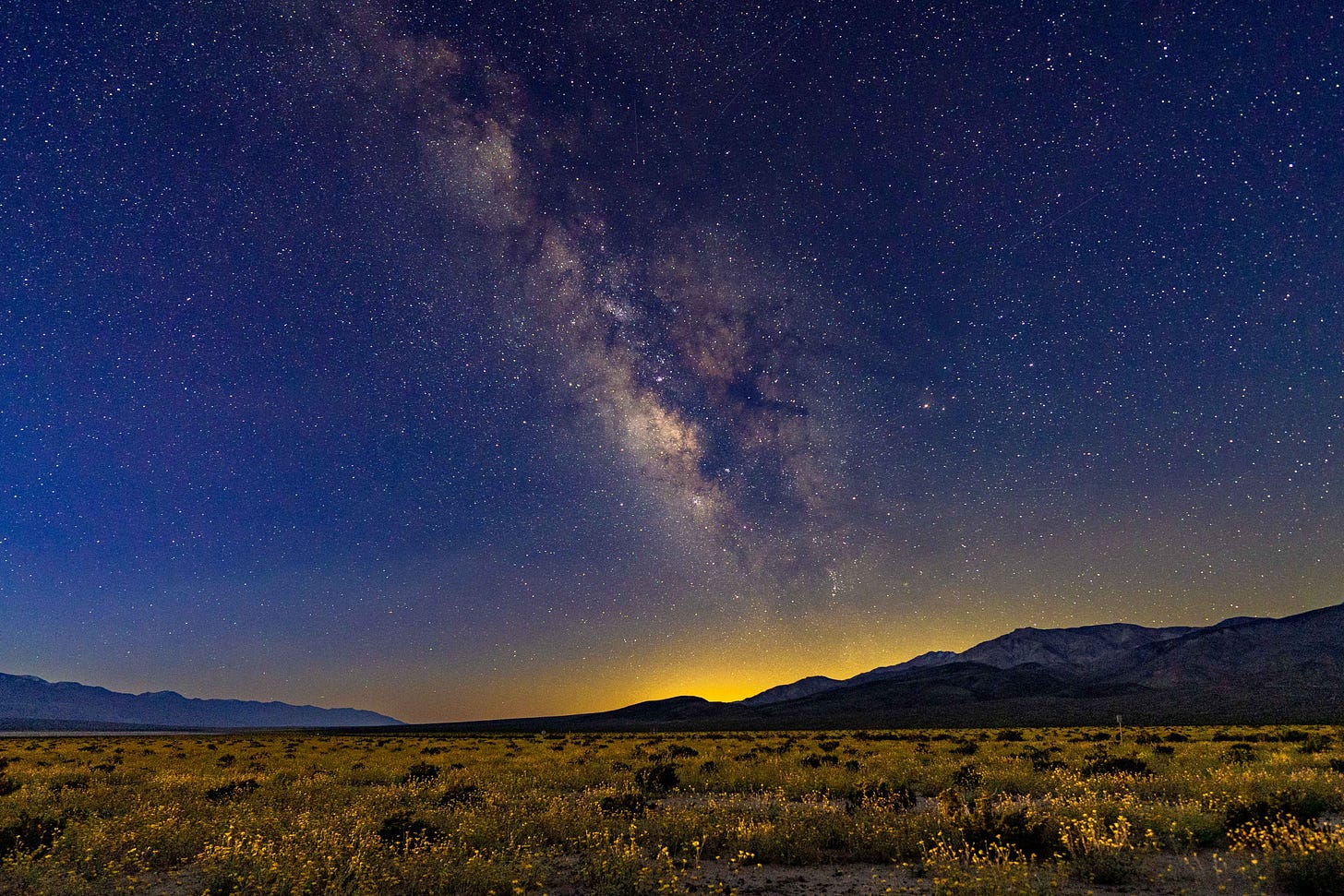
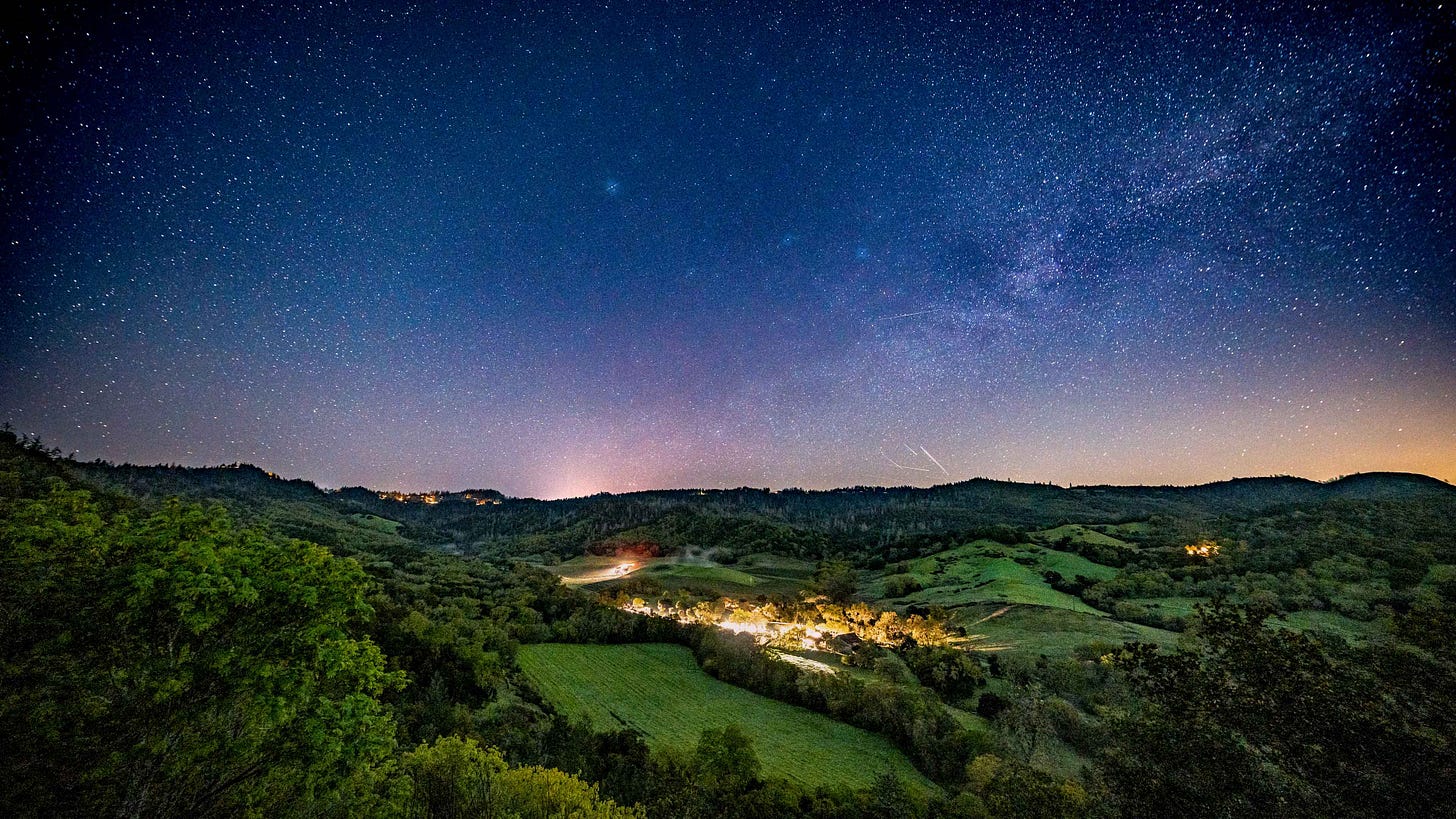
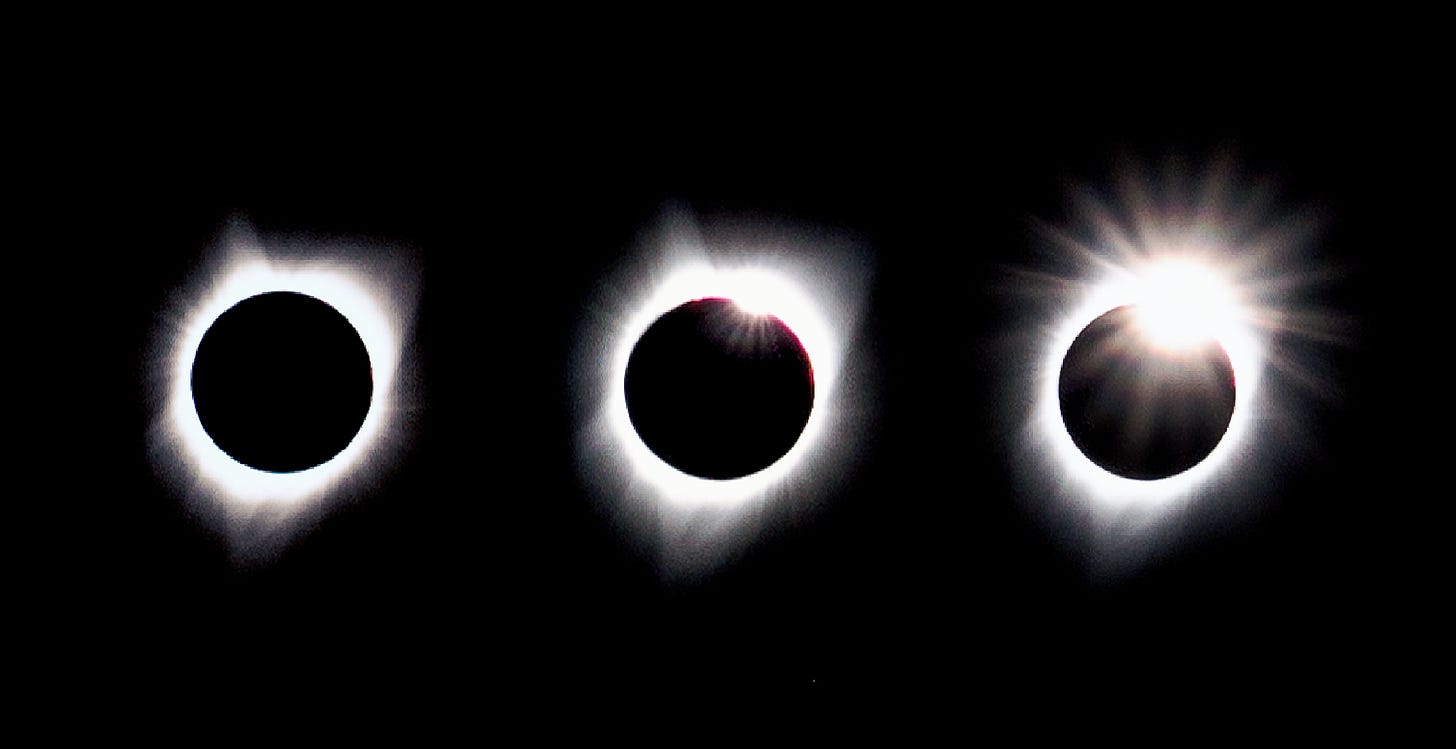
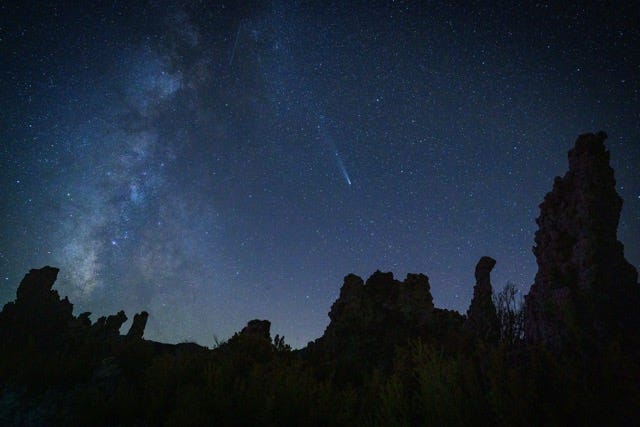
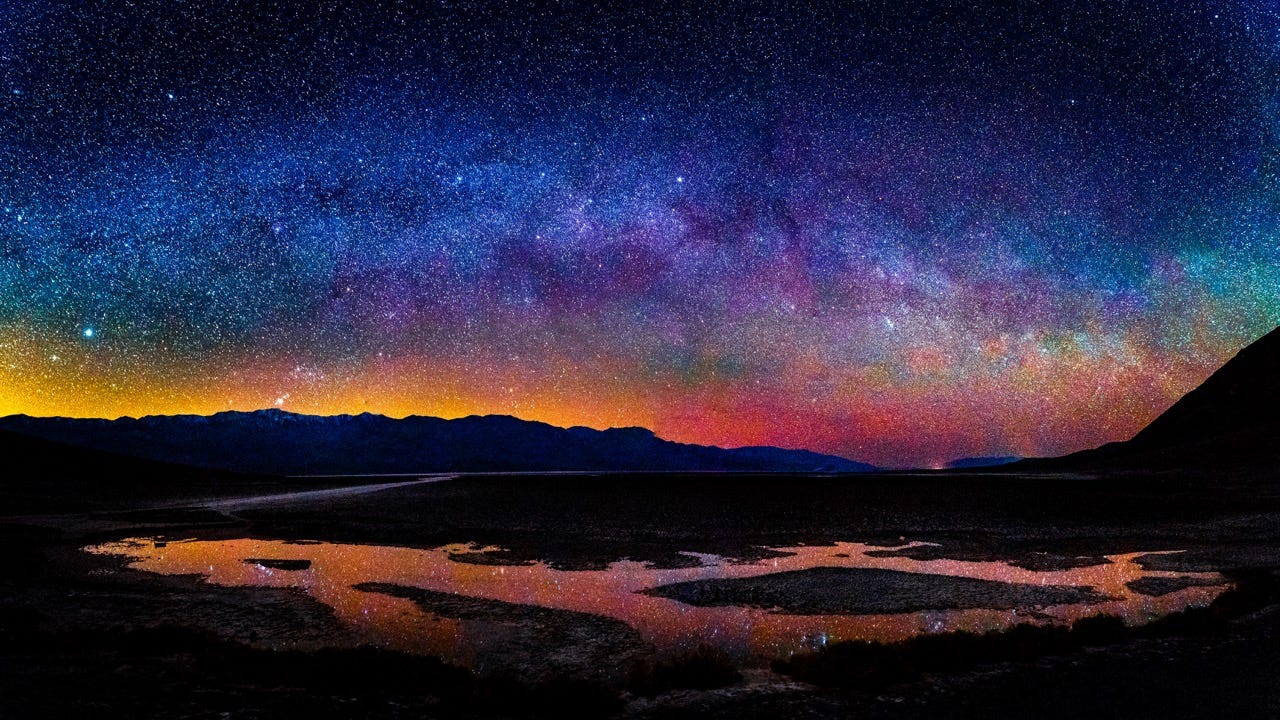

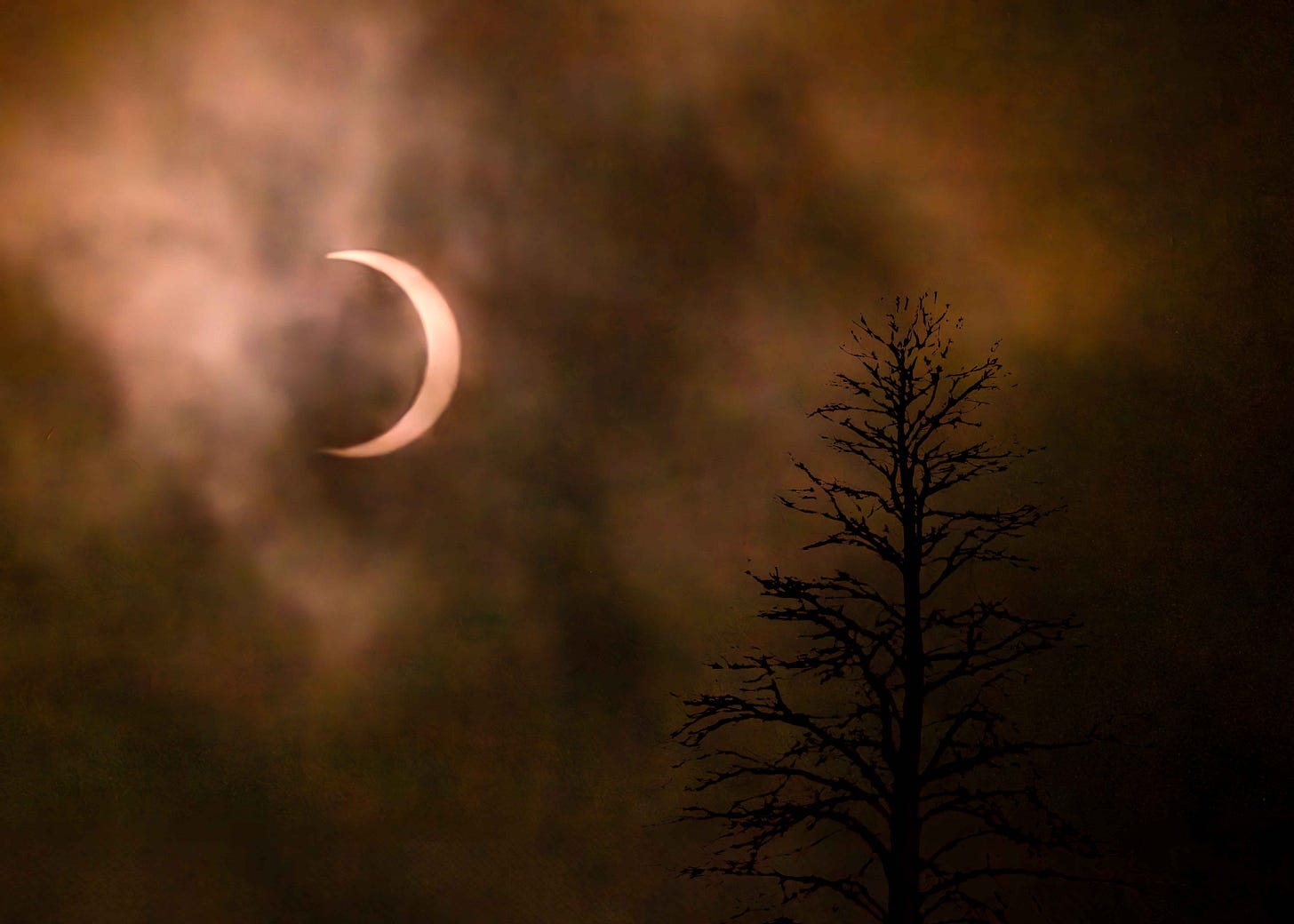
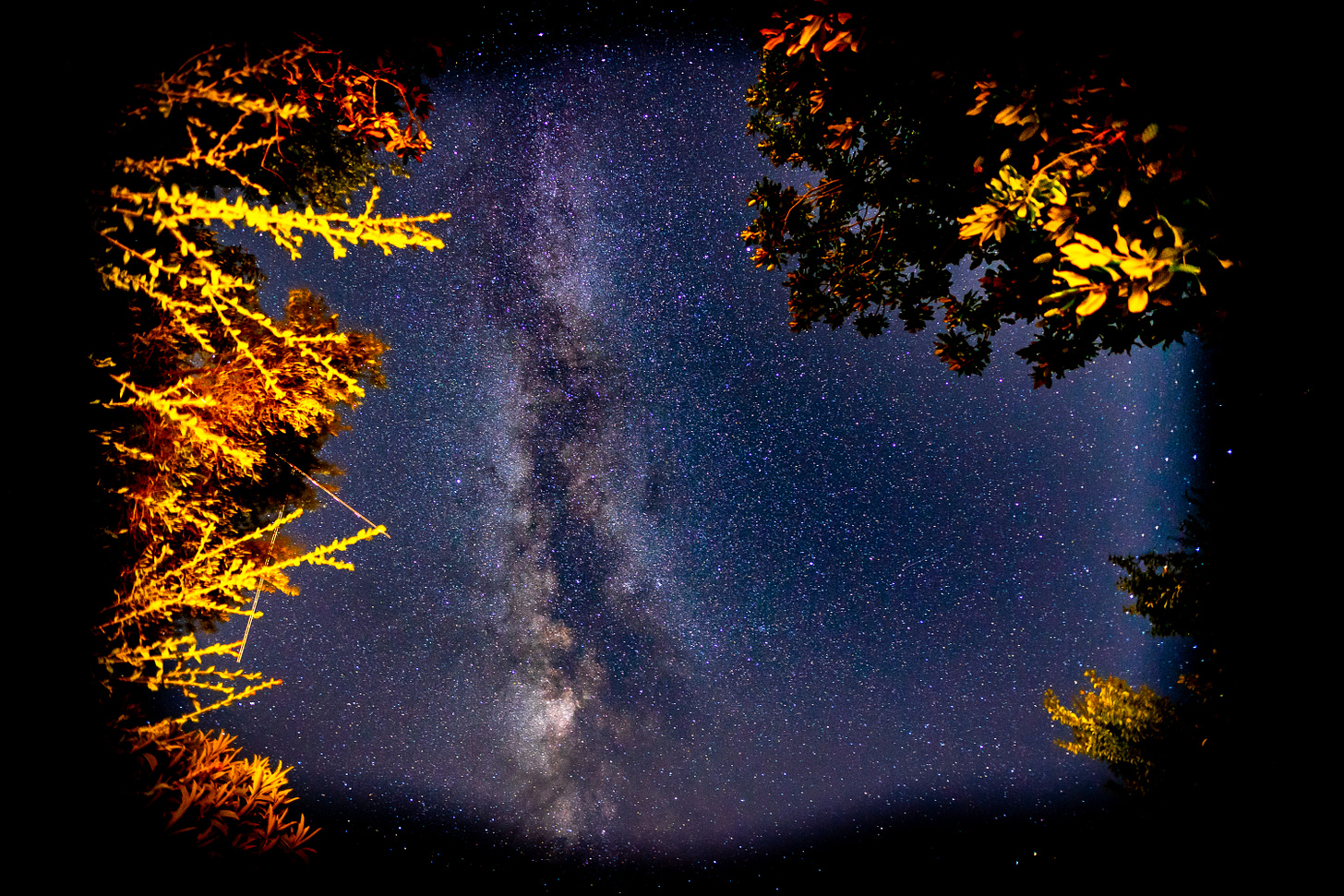
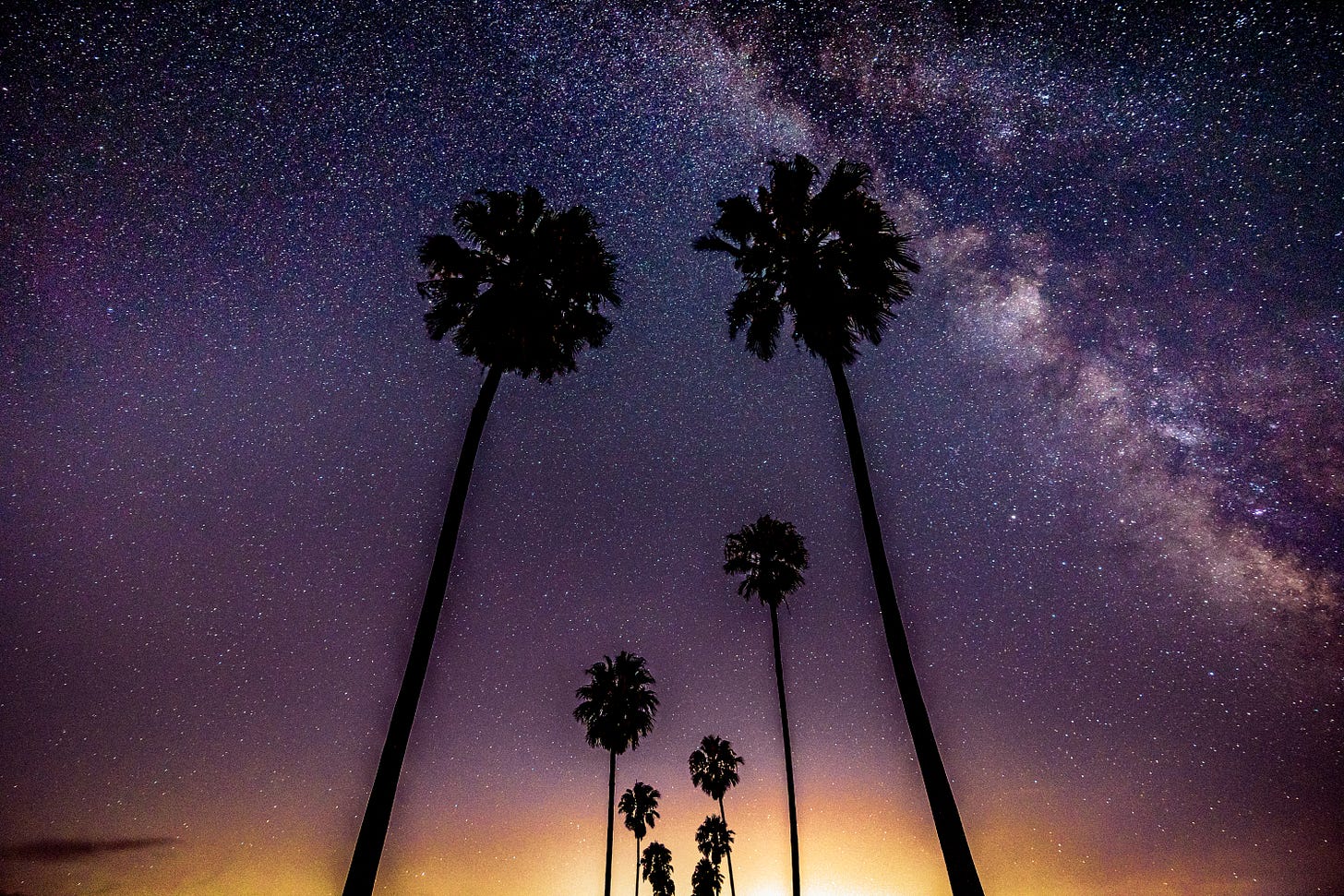
Amazing photos. Thanks for keeping us up to date on sky activity.
Fantastic photography!